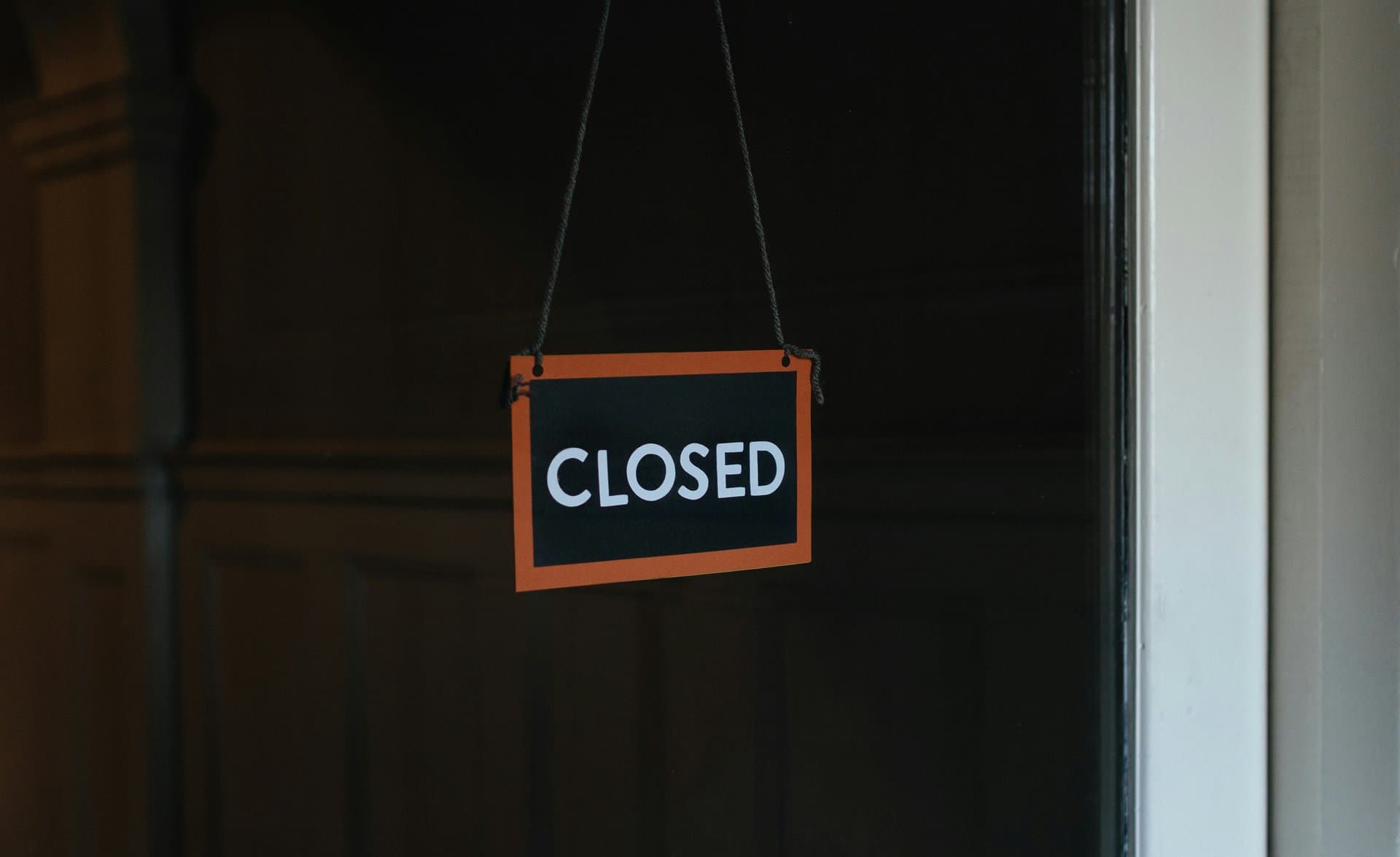Restaurants Under Threat: Navigating Skyrocketing Costs and Consumer Pullback in 2025
Explore how soaring operational costs and cautious consumer spending are reshaping the restaurant industry in 2025, with actionable insights for restaurateurs facing unprecedented financial pressures.

Key Takeaways
- Soaring food and labor costs squeeze already thin restaurant profit margins.
- Consumers are dining out less and tipping less amid economic uncertainty.
- Staff shortages force restaurants to raise wages or face service declines.
- Nearly half of restaurants fail within five years, underscoring financial fragility.
- Smart menu tweaks and operational efficiency are vital survival strategies.

In 2025, the restaurant industry faces a perfect storm of rising costs and shrinking consumer spending. From Ike’s Chili in Tulsa, a 117-year-old institution, to national chains, restaurateurs grapple with soaring beef prices up 21% over the past decade and labor shortages that make hiring feel like chasing shadows. Meanwhile, wary diners tighten their belts, cutting back on meals out and even tipping less. This squeeze on both sides of the ledger threatens the survival of many eateries. In this article, we unpack the key financial pressures shaping restaurants in 2025 and explore how operators can navigate these choppy waters with savvy strategies and a clear-eyed view of the challenges ahead.
Confronting Rising Costs
Imagine running a restaurant where the price of hamburger meat has climbed nearly 21% over ten years. That’s the reality Len Wade faces at Ike’s Chili in Tulsa, a place that has weathered the Great Depression and a pandemic but now wrestles with inflation’s relentless bite. It’s not just beef—coffee, eggs, and cocoa have all marched upward in price, pushing overall food costs up about 21% compared to four years ago. For restaurants, where profit margins hover between three to five percent, these increases aren’t just numbers—they’re existential threats.
Labor costs add another layer of complexity. Since 2021, wages have been climbing roughly 10% monthly, fueled by minimum wage hikes and rising expectations for benefits and work-life balance. Restaurateurs face a brutal choice: pay more to attract scarce talent or endure staffing shortages that can erode service quality. Add in rent, utilities, insurance, and tariffs—like those on tomatoes—and the financial pressure cooker boils over. The challenge is clear: balancing rising expenses without alienating customers through price hikes.
Navigating Consumer Pullback
Consumers are tightening their purse strings, and restaurants feel the pinch. In the first half of 2025, sales growth at U.S. restaurants and bars hit one of its weakest six-month stretches in a decade, even lagging behind pandemic lows. Why? Inflation and economic uncertainty have made dining out a luxury many are reconsidering. Low-income households are skipping meals or opting for cheaper menu items, while middle-class diners—the backbone of many eateries—are increasingly cautious.
This shift isn’t just about fewer visits; it’s about less generosity too. Data from Square reveals that tipping percentages have dropped across the board, shaving take-home pay for servers and compounding labor woes. Restaurateurs like Linda Ford note that if prices no longer match perceived value, guests simply stop coming. The delicate dance between pricing and customer loyalty has never been more critical.
Tackling Staffing Challenges
Finding quality staff has become a near-impossible quest for many restaurateurs. Len Wade recalls a time in the mid-2000s when job applications flowed in daily; now, he receives only a handful over months. The labor market’s tightness is intensified by stricter immigration policies reducing the pool of undocumented workers, who once formed a significant part of the restaurant workforce.
To compete, restaurants must offer higher wages and better benefits, but these come at a cost. Declining tips further squeeze workers’ total income, making retention tougher. The result? A vicious cycle where staffing shortages lead to service dips, which can drive away customers, deepening financial strain. Innovative scheduling, cross-training, and investing in employee experience are no longer perks—they’re survival tools.
Managing Profit Margins
Profit margins in restaurants have always been razor-thin, but 2025’s economic landscape sharpens the edge. Despite menu price increases, many eateries see volatile profits. For example, higher-end restaurants’ EBITDA jumped to 19% in Q2 2024 but slid back to 12.2% by mid-2025. This rollercoaster reflects the tug-of-war between rising costs and cautious consumers.
Restaurants must grow revenue to stay afloat, yet with foot traffic down, this is easier said than done. Some operators experiment with breakfast menus or affordable specials to attract budget-conscious diners. Others focus on loyalty programs or unique dining experiences to justify prices. The balancing act is delicate: raise prices too much, and customers flee; keep them low, and margins vanish. The stakes are high, and nimble financial management is key.
Surviving and Thriving Strategies
Despite the storm, some restaurants find ways to weather the crisis. Menu engineering—tweaking dishes to use ingredients more efficiently without sacrificing quality—is a popular tactic. Operational efficiencies, like smarter scheduling and inventory management, help trim costs without cutting corners.
Targeted promotions and loyalty programs aim to keep customers coming back, while creating memorable experiences can turn a meal into an event worth the splurge. The Federal Reserve’s Beige Book notes that places like Brooklyn see rising visits, showing that value-conscious consumers still seek out dining experiences that resonate. Success in 2025 demands creativity, agility, and a deep understanding of what diners truly value.
Long Story Short
The restaurant industry in 2025 is walking a financial tightrope. Skyrocketing ingredient and labor costs leave little margin for error, while cautious consumers pull back on dining out and tipping. Restaurateurs like Len Wade at Ike’s Chili face tough choices: raise prices and risk losing customers, or cut costs and risk quality. The myth that most restaurants fail in their first year obscures the real challenge—sustaining profitability amid relentless cost pressures and shifting consumer habits. Yet, hope flickers in innovation—menu engineering, operational efficiencies, and creating unique dining experiences that justify every dollar spent. For restaurateurs willing to adapt swiftly and thoughtfully, 2025 is less a death knell and more a call to sharpen their financial playbook and deepen connections with value-conscious diners. The road ahead is tough, but not impassable.